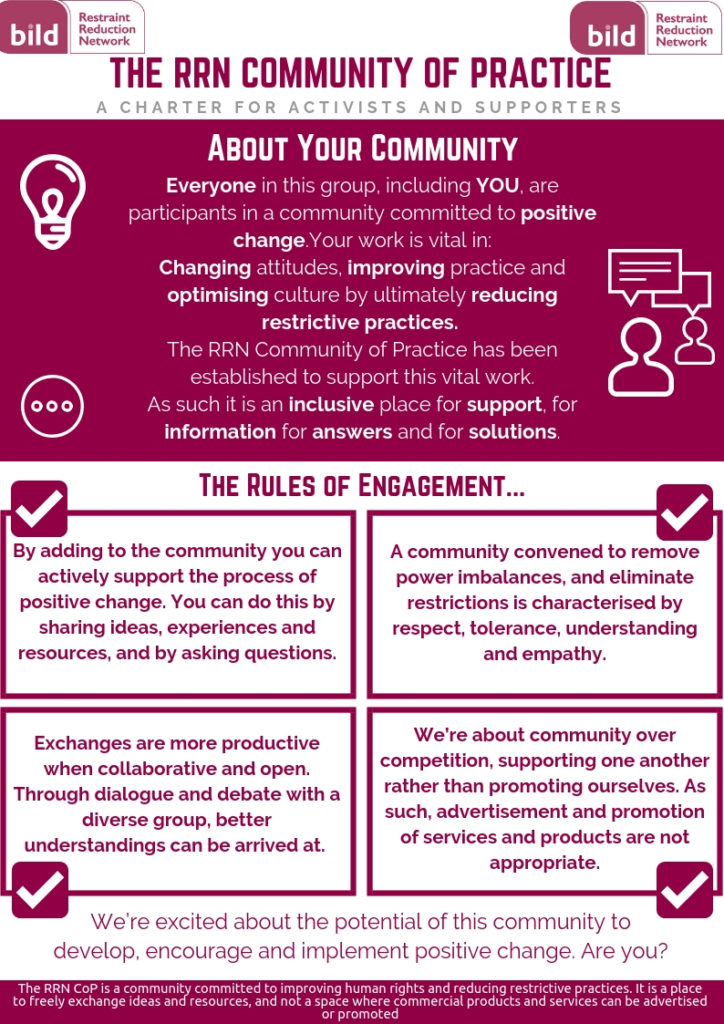Every community of practice should have a charter, but what does a good charter look like?
 |
| Image from wikimedia commons |
A charter is a definitional/governance document, created by the community members, which describes what the community is for, and how it will work. Often a draft is created by the community core team, or by the people present at the community launch event, and that draft is then refined over time through discussion within the community.
The community charter usually contains the following elements:
- Community Purpose - what the community is for; it's high level aims and vision, and business case if appropriate
- Objectives - what the community is trying to achieve in concrete terms; things that you can measure
- Scope – which areas of practice knowledge are in scope, and which are not
- Processes - the ways in which the community will operate in order to share, use and co-create knowledge
- Tools – the technologies the community plans to use
- Roles – who does what (names of the community leader, sponsor, core team etc)
- Principles and Behaviours - which underpin the community.
Let's look at some charter for real communities of practice, and see what they cover. My favorite is the third one.
The Community Charter for the PMI Agile Community of Practice contains the following elements:
- Vision of Who We Are (a community of highly accountable project professionals, improving skills, expanding minds, and continuously raising the day-to-day effectiveness and professional satisfaction of project teams across the world.)
- Mission (To equip PMI Members with Agile skills and knowledge)
- Values
- Goals & Objectives
- Resources
- Committed from our sponsor
- Expected from community stakeholders
- Roles
- Working/Operating Agreements
I like the way resources has been split out, and I like the way "values" and "operating agreements" are differentiated.
The Wisconsin Heart health community charter is a 9-page document containing the following sections:
The Restraint Reduction Network community of practice
Without using a formal template, the page linked above defines
I think I like this charter best because it is concise and straightforward, and the Rules of Engagement poster is inspiring, simple, and can be printed and posted on a wall as a reminder of the way the community works.
The Wisconsin Heart health community charter is a 9-page document containing the following sections:
- Overview
- Justification
- Scope
- Vision (Wisconsinites living with healthy hearts)
- Mission (To improve cardiac health related outcomes across Wisconsin - especially a reduction in hypertension - through the advancement of best practices, establishment of strong organizational relationships, and the mutual activities of community of practice members)
- Goals
- High level requirements
- Major Deliverables
- Participation
- Benefits
- Norms
- Ground Rules
- Assumptions
- Constraints
- Risks
- Roles and Responsibilities
- Facilitator
The Restraint Reduction Network community of practice
Without using a formal template, the page linked above defines
- The Vision of the community (We are a community seeking to equip one another to reduce restrictive interventions through using person-centred, proactive, preventative and therapeutic strategies)
- The Mission (We share and discuss resources, tools, policies, research and personal experiences to encourage and inspire one another as we seek to improve quality of life for those at risk of restraint and the people who interact with them on a daily basis)
- The tools the community uses,
- and a really nice "Rules of Engagement" Graphic linked below.
I think I like this charter best because it is concise and straightforward, and the Rules of Engagement poster is inspiring, simple, and can be printed and posted on a wall as a reminder of the way the community works.





No comments:
Post a Comment